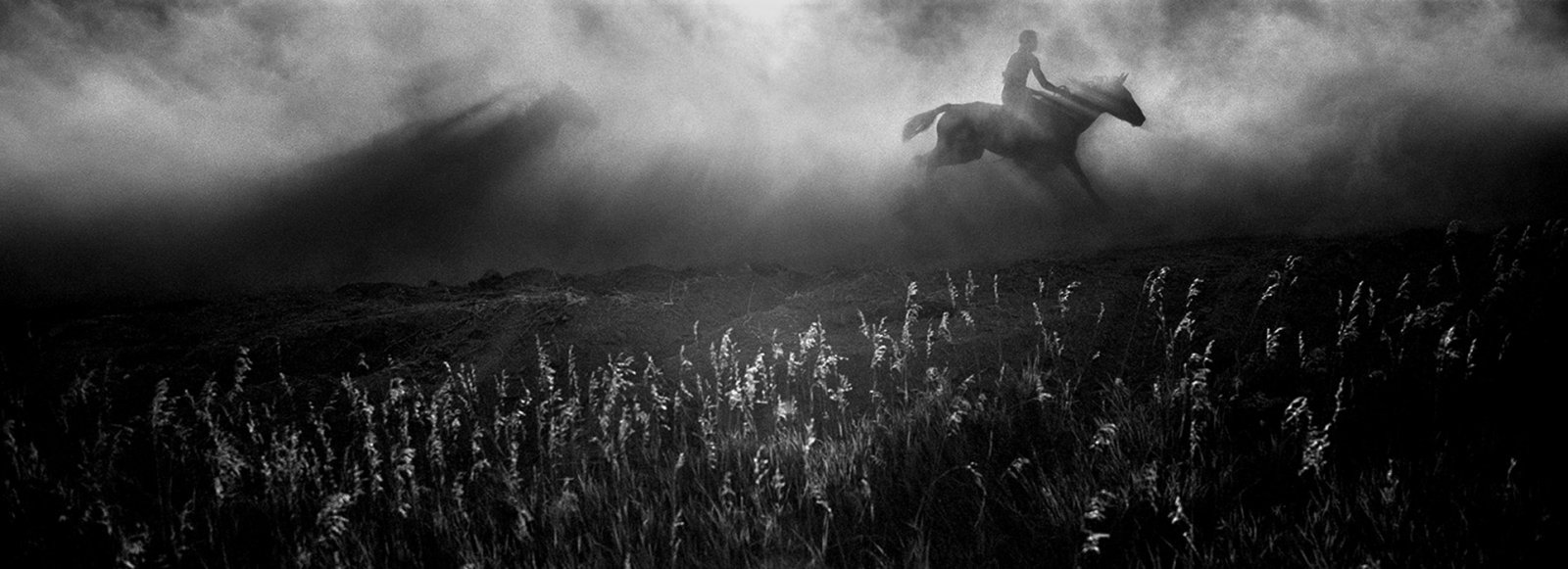
Surviving Wounded Knee
Photography by Danny Frazier, 2010
“Surviving Wounded Knee” Lesson Plan
Resources for this lesson:
The six images that Danny Wilcox Frazier offers in this section communicate the very personal convictions of the photographer. He explains, “My photographs personalize the struggle of the Oglala Lakota on the most legendary and impoverished of the Lakota reservations, Pine Ridge. The work connects these people to their sacred land in Paha Sapa (the Black Hills) and the Badlands. My approach does not ignore the hardship endured on the reservation, but also highlights the cultural heritage of the Lakotas. I work to add my photographs to the growing public voice backing the return of the Black Hills to the Lakotas and tribes of the Great Plains.” As you view this collection, consider the role that a single image can play in an attempt to communicate a very complicated historical narrative. Do you see how or where Danny Wilcox Frazier’s beliefs and values might have translated to his photographs?
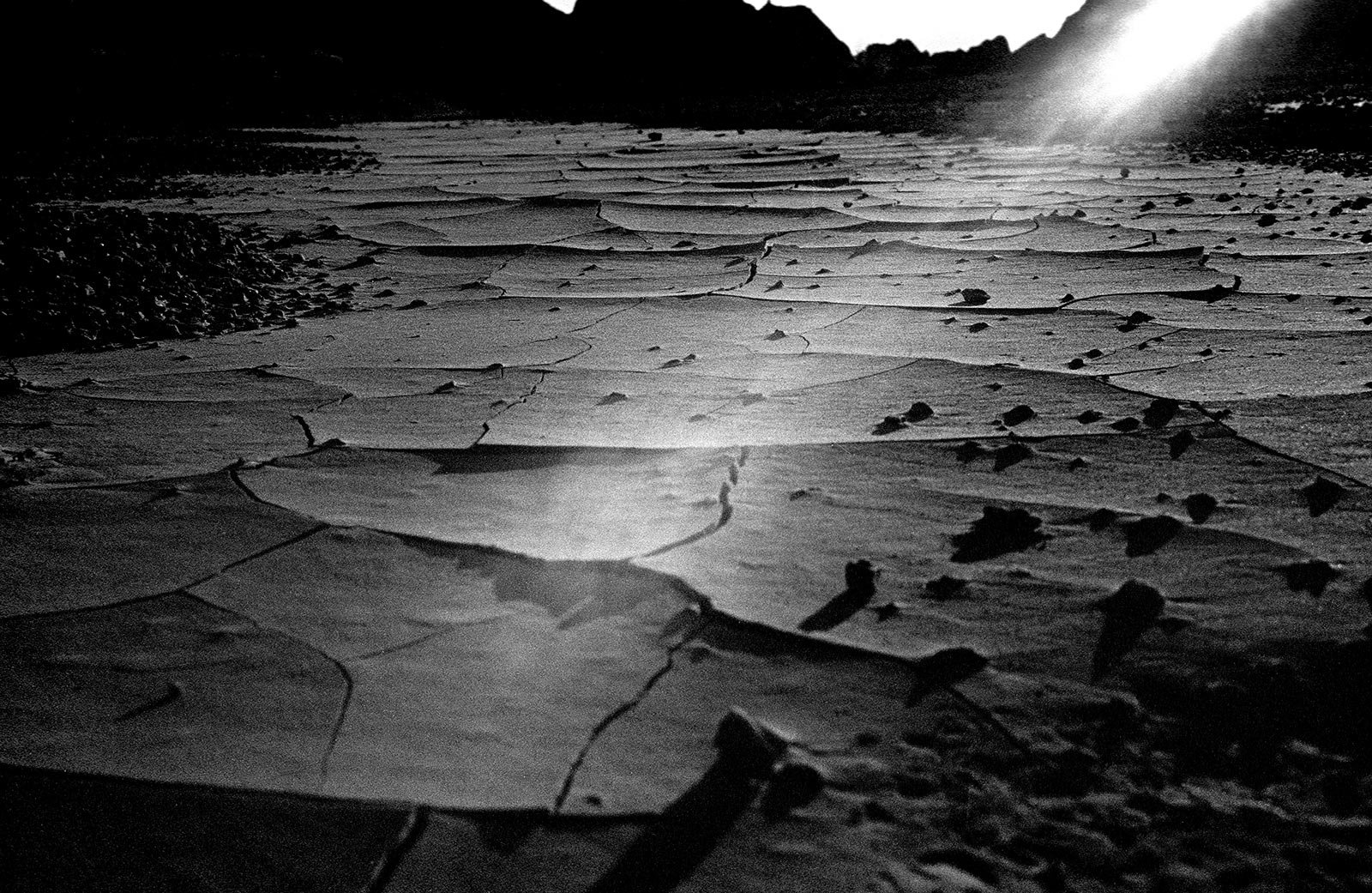
The sun sets in the Badlands of South Dakota, the region that is home to the Lakotas. The Oglala Lakota people have long resisted the US government and continue their legal battle over the sacred Paha Sapa (Black Hills). Originally confined to the Pine Ridge Reservation, most Oglala today live in abject poverty in what is the poorest region of the US.
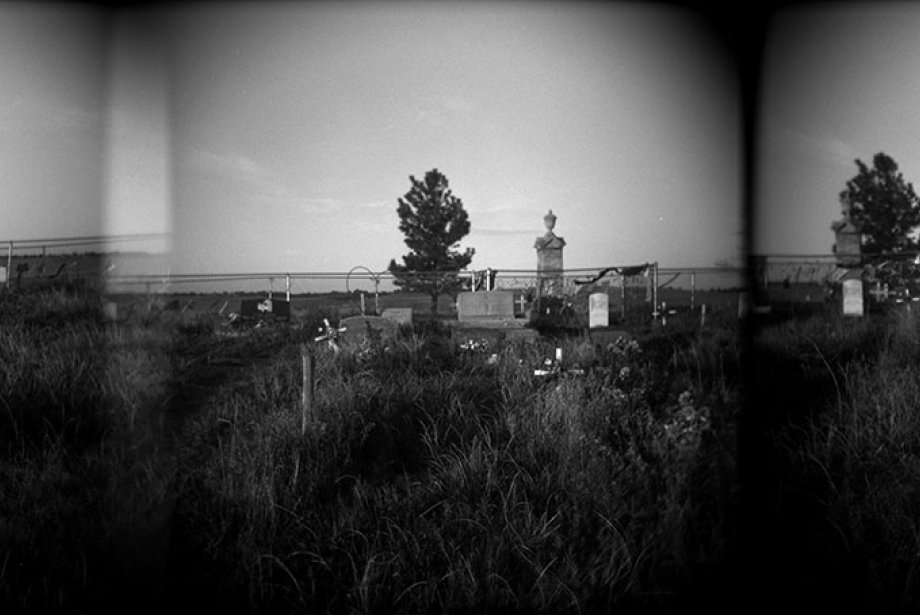
A mass grave site at Wounded Knee honors over 300 men, women, and children who were massacred by the US 7th Cavalry on December 29, 1890.
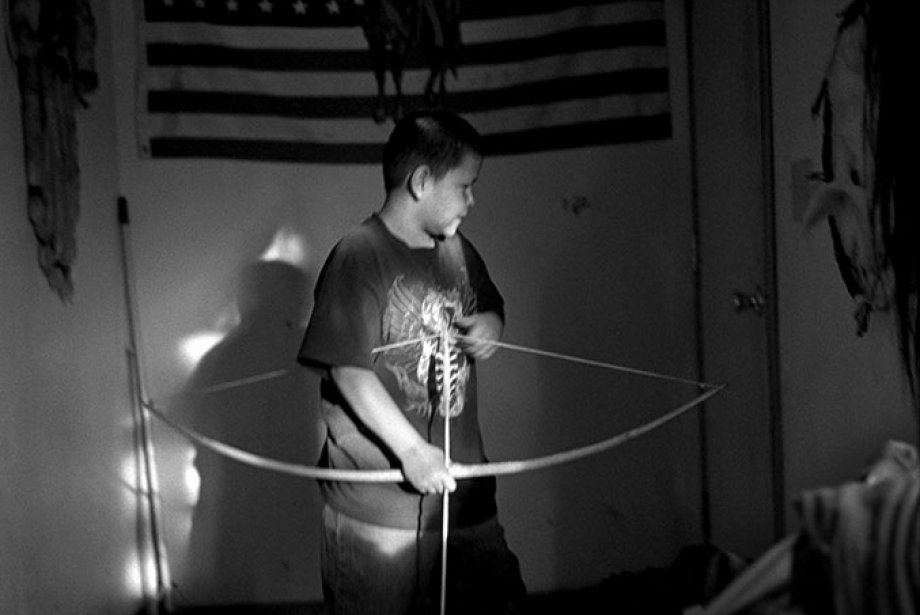
Jay Waters holds a traditional bow and arrow on the Pine Ridge Reservation in South Dakota. Jay’s father, John Waters, works to teach his children Lakota traditions, including the language. The Waters family, known on the reservation as traditionalists, are active in efforts to preserve Lakota culture.

Wikuchela Waters sleeps on his parents’ bed in Allen, South Dakota. Allen, part of the Pine Ridge Indian Reservation, has been called the poorest city in America, with a per capita income of $1,539. Over 90% of the population on the Pine Ridge Reservation lives below the federal poverty line, while unemployment ranges from 85% to 90%.
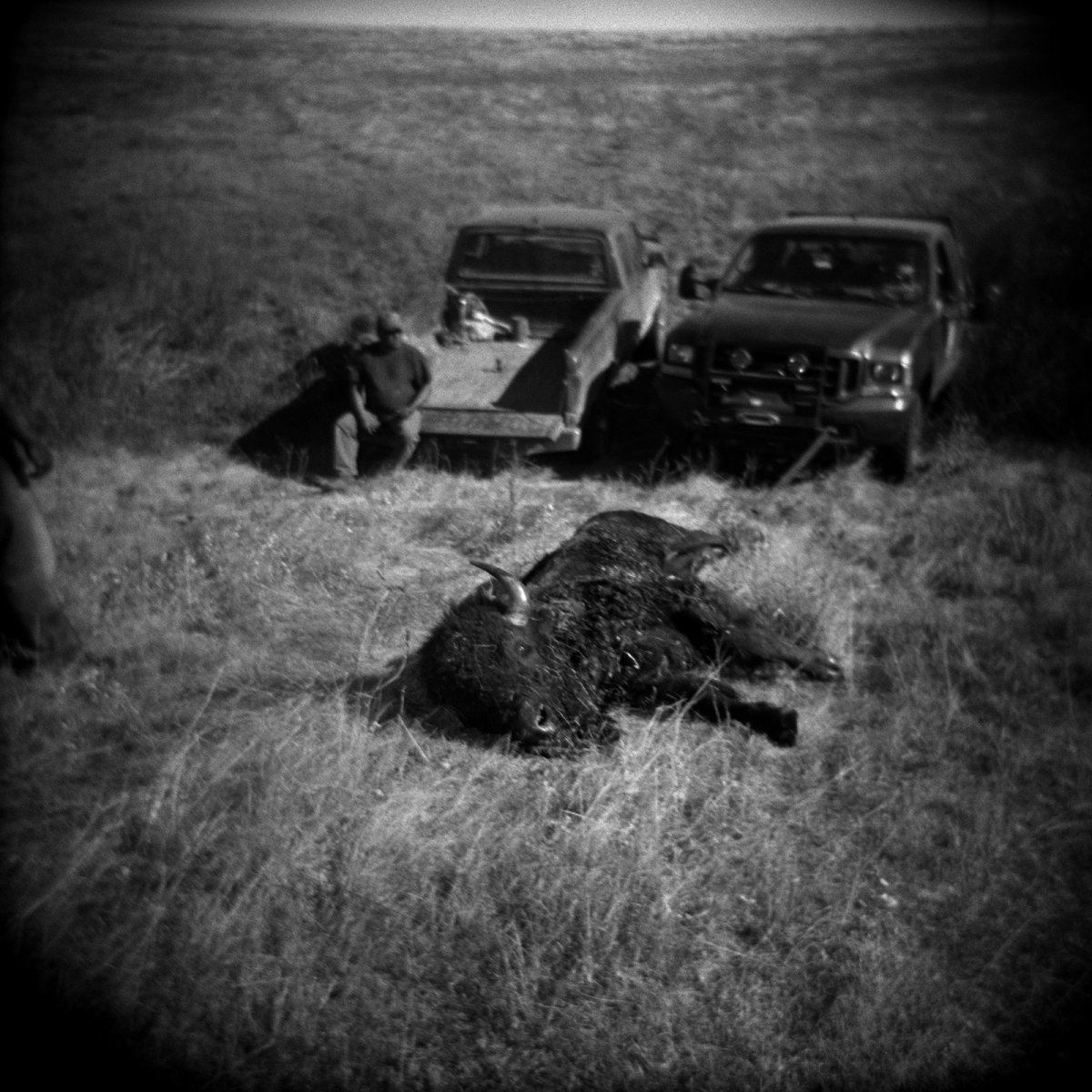
Oglala tribal rangers shot a buffalo that will be processed and distributed to tribal members for ceremonial and social events across the Pine Ridge Reservation. The Lakota tribes of the Great Plains traditionally depended on the buffalo for food, shelter, and spiritual guidance. The US government supported the extermination of the buffalo.

Wild horse races take place at the Oglala Lakota Nation Pow Wow on the Pine Ridge Reservation in South Dakota. Lakotas celebrate traditional life throughout late summer with Sun Dances and horse races across the reservation. The Pine Ridge region is America’s poorest, but it is a part of the country rich in culture and tradition.